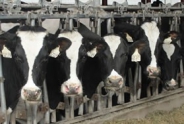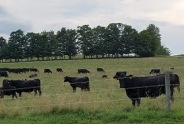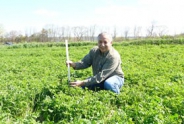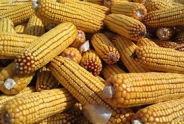Field Crop Update, October 5, 2023
Erik Smith, Area Field Crop Specialist/Team Leader
Central New York Dairy and Field Crops
1. Announcements and Weather Outlook
This is probably our last gasp of summer in 2023. We'll have mild temperatures next week, but there's no guarantee that we'll see a
stretch of warm, dry weather like this until spring. With this in mind, corn silage has been flying out of the field. And rightly so, since
much of the region's remaining silage-bound corn is at or very near peak maturity. See Section 2 for the numbers.
Once again this year I have funding from the NY State Corn and Soybean Growers Association to provide free testing for soybean
cyst nematode in soybean fields. If you're interested, please get in touch.
Further into fall, we're expecting warmer weather than usual, thanks to El Niño. See our weather outlook from Jessica Spaccio
(Climatologist, NRCC):
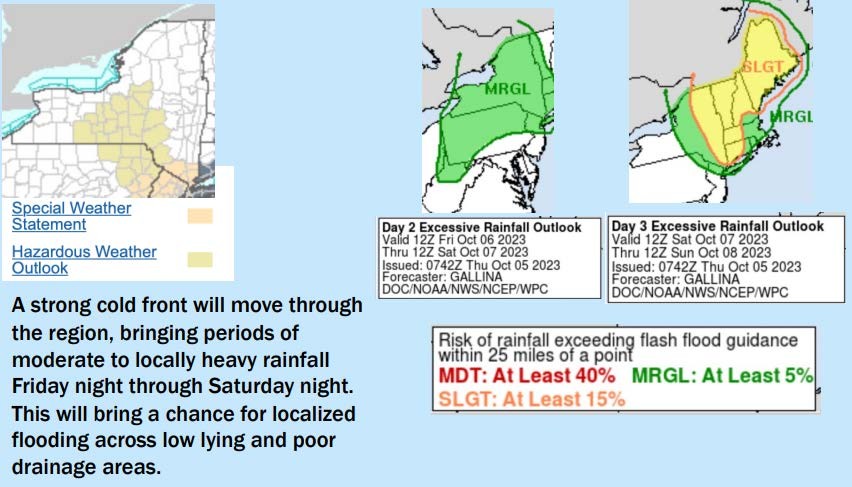
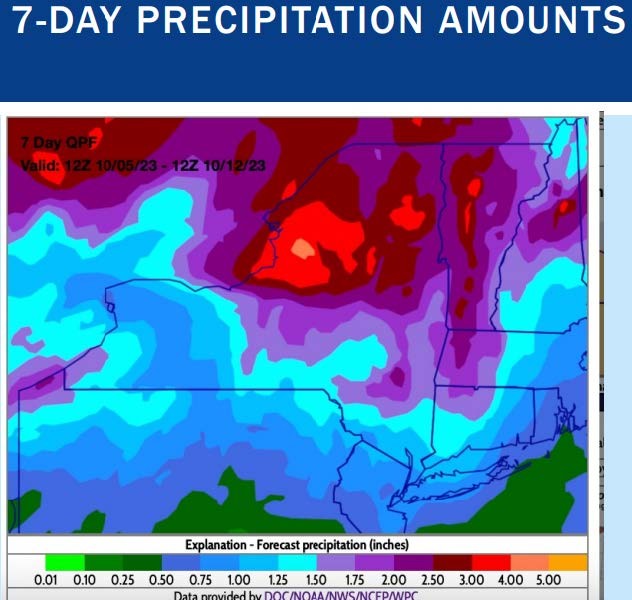
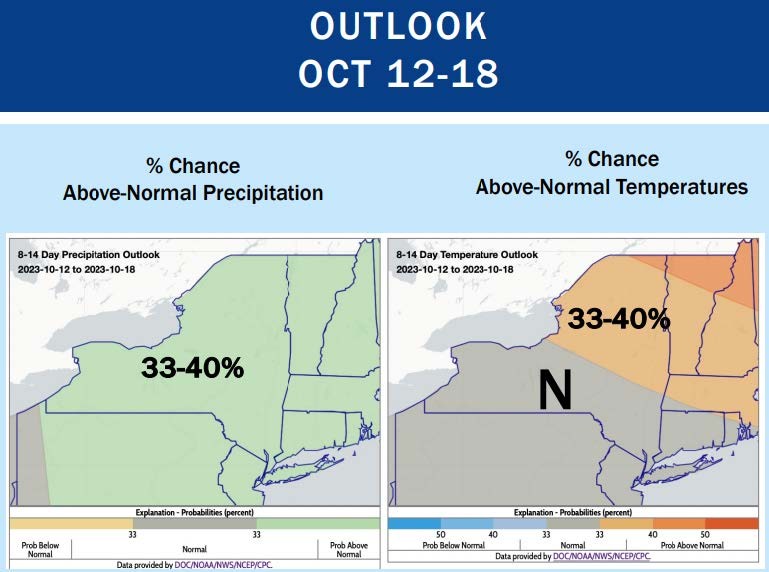
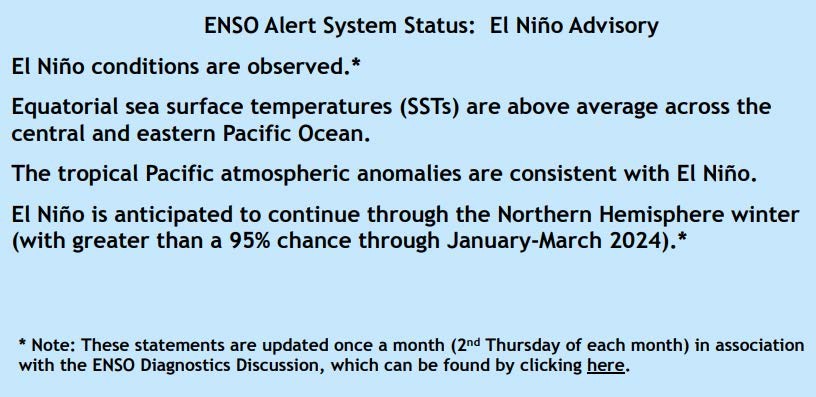
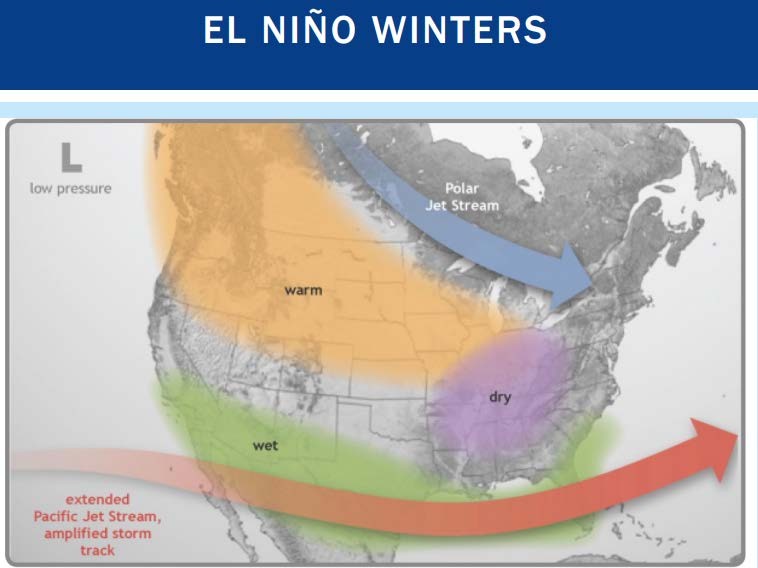
2. Growing Degree Days See: Climate Smart Farming Growing Degree Day Calculator. Check your location, planting date, and silking date. Silage corn
needs 750-800 GDD after silking to reach a whole plant DM of 32%. Under typical late season dry down conditions we can expect the crop to reach 35% DM
four to seven days later. For more details, see this article. No matter what the numbers say, check your crop!
Hybrid Relative Maturity (day length) GDD from silking date to reach ~32% DM
101-110 800
96-100 750
<96 750 or slightly less
Highlighted in green: Gas up the harvester and the trucks (35% DM in 2 - 8 days, depending on maturity)
Highlighted in yellow: See you in the field (35% DM in less than a week):
Highlighted in red: It's either already in the bunk or it's going for high-moisture corn or it's going in the bin for grain (DM likely > 35-40%)
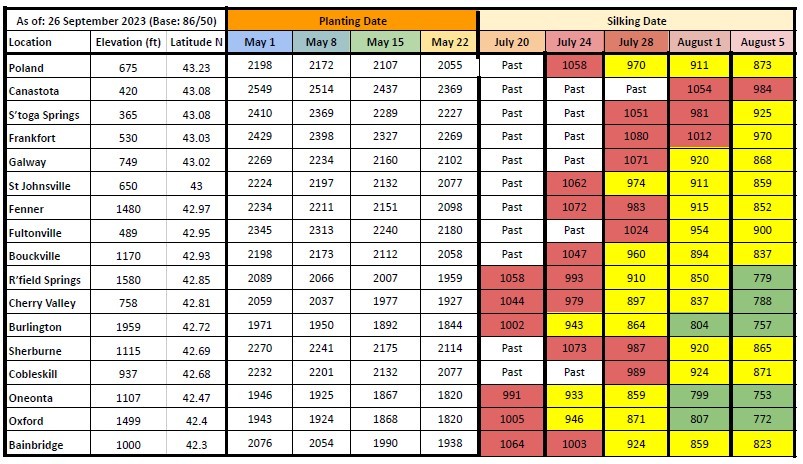
Upcoming Events
IPM Strategies to Protect Corn and Soybean Seed in NYS
July 22, 2025
Cobleskill, NY
Free event. DEC Credits available
Clearing Hurdles to Improve Milk Quality Conference
July 22 - July 24, 2025
Rochester, NY
three day conference with short courses, seminars, and farm tours
Announcements
Sign Up for Our Weekly E-Newsletter
We send out a bi-weekly e-newsletter that has announcements, upcoming programs, and opportunities for you! Registration is quick, easy, and free. Click here to sign up today!Document and Share Storm Damage
Mother nature has really been difficult over the last few days. Significant damage has been seen throughout NYS. Please let us know what types of damage your farm may have sustained during this time. This could be in the form of property damage, lost power, milk dump due to lost power, loss of livestock, loss of stored feed or growing crops.Farms are encouraged to DOCUMENT AND SHARE any impacts the weather may have had on their home or business. This could include structure damage, crop loss, inventory loss due to power outages, damage to equipment or fencing, and more.
If your farm experienced any sort of damage, please reach out to any of the folks listed below (or all of them). The more impact information that is collected, the greater the likelihood of a disaster declaration which can bring vital emergency support and awareness. The CNYDLFC Team will continue to collect detail and submit to NYSDAM and the EDEN network.
Reporting Weather Related Impacts (For your home or farm business)
- First, ensure that all the people and animals on your farm are safe, and that there aren't any unsafe working conditions created because of the weather (check your structures!). If there's an emergency, call 911 - don't try to manage it all on your own.
- Second, document all negative weather impacts for your farm and their estimated financial cost. Take photos, make estimates, and put it all in a safe place.
- Reach out to your insurance providers - farm, vehicle, crop, etc. to initiate the claim process as needed.
- Then, share your farm's damage with any (or all) of the ag support agencies listed below. We all work together to collect storm damage information and funnel it up to Ag and Markets which can initiate a natural disaster declaration.
- Chenango: 607-334-5841
- Fulton/Montgomery: 518-853-2135
- Herkimer: 315-866-7920
- Madison: 315-684-3001
- Otsego: 607-547-2536
- Schoharie: 518-234-4303
- Saratoga: 518-885-8995
- Erik Smith: 315-219-7786
- Daniela Gonzalez: 315-749-3486
- Ashley McFarland- 315-604-2156
Your county USDA/FSA service center.
- Chenango: 607-334-3231
- Fulton/Montgomery: 518-853-4015
- Herkimer: 315-866-2520
- Madison:315-824-9076
- Otsego: 607-547-8131
- Schoharie: 518-295-8600
- Saratoga: 518-692-9940
Your county farm bureau manager
- Region 3: Bailey Coon: 518-937-0566
- Region 5: John Wagner: 315-761-9770
- Region 6: Natally Batiston: 518-937-0269
- Region 7: Todd Heyn: 518-431-9338
Please let us know how we can help you.
Cash Rent and Custom Harvest Survey
To date, there is limited information available about rental rates and fees for crop harvesting. Farms can use this valuable information for their farm business planning to help improve decision making and profitability.Farmers Can Join MeatSuite For Free!
MeatSuite.com is a free resource provided by Cornell University where NY meat farmers can create a farm profile and list their bulk (wholes, halves, quarters) and bundled (i.e. Grilling Bundle) meat products.Why should farmers join?
1. It's free and easy!
2. Connect with more local customers. In the past year the MeatSuite.com farm directory had 8,300 visits from New York consumers. Farm profiles get as many as 25 views per month from potential local customers. We also spotlight MeatSuite farms on social media and bring attention and purchases to farms through highlights and giveaways.
How do I join?
Farmers can visit https://www.meatsuite.com/farmers/ to create a free farm profile. You must list at least one product for your farm's profile to go live. You'll also have access to Cornell's free Meat Price Calculator, a helpful tool for pricing your meat to make a profit.
While you're on MeatSuite, check out the "Creating Consumer-Friendly Bulk Meats" publication on the log-in page. It has tips on how to create bulk meat products that are easier for first-time buyers to say "yes" to.
If you have any questions as you create your farm profile or products, we're here to help! Please email Matt LeRoux at mnl28@cornell.edu.

